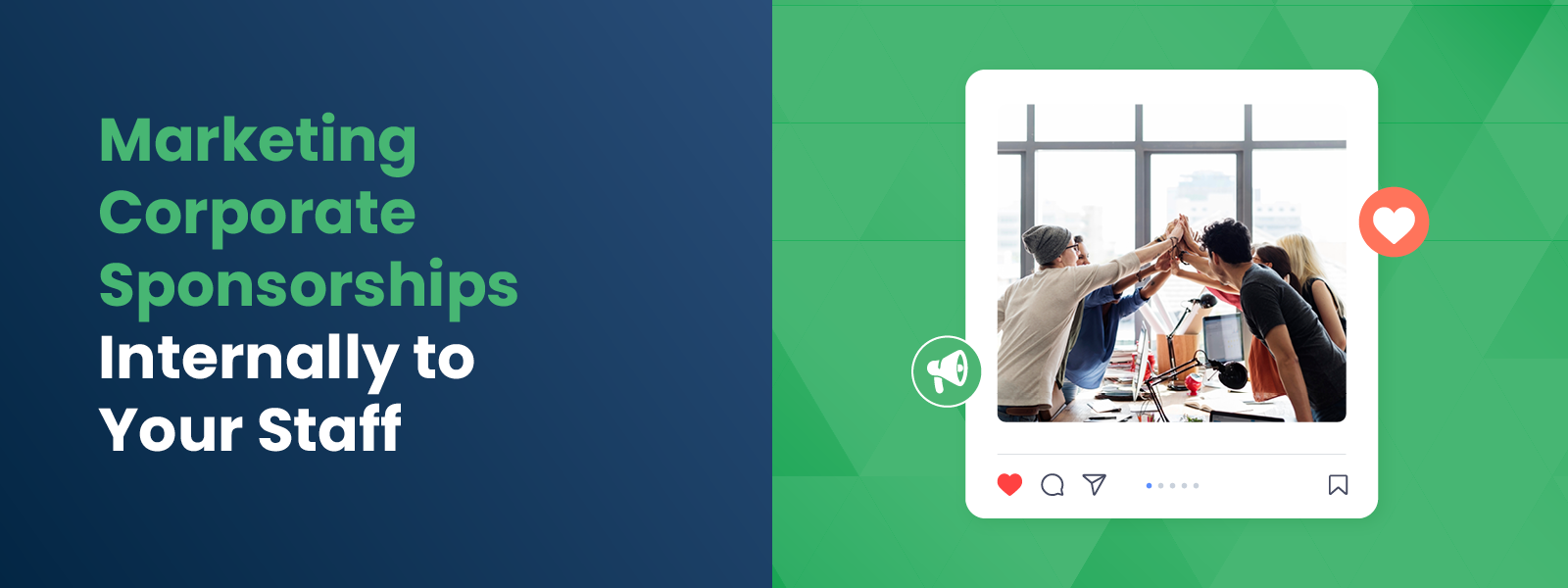
Marketing Corporate Sponsorships Internally to Your Staff
Securing corporate partners is often viewed as the sole responsibility…
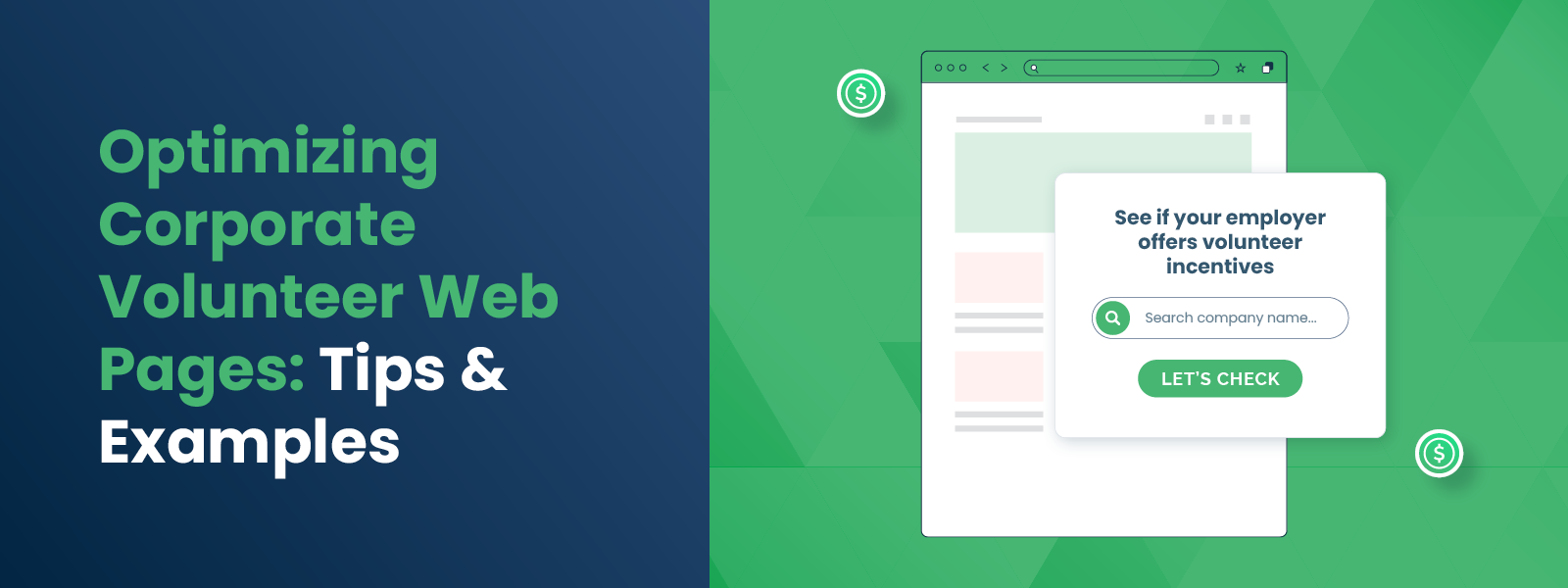
Optimizing Corporate Volunteer Web Pages: Tips & Examples
Your nonprofit’s website is more than just a digital brochure;…
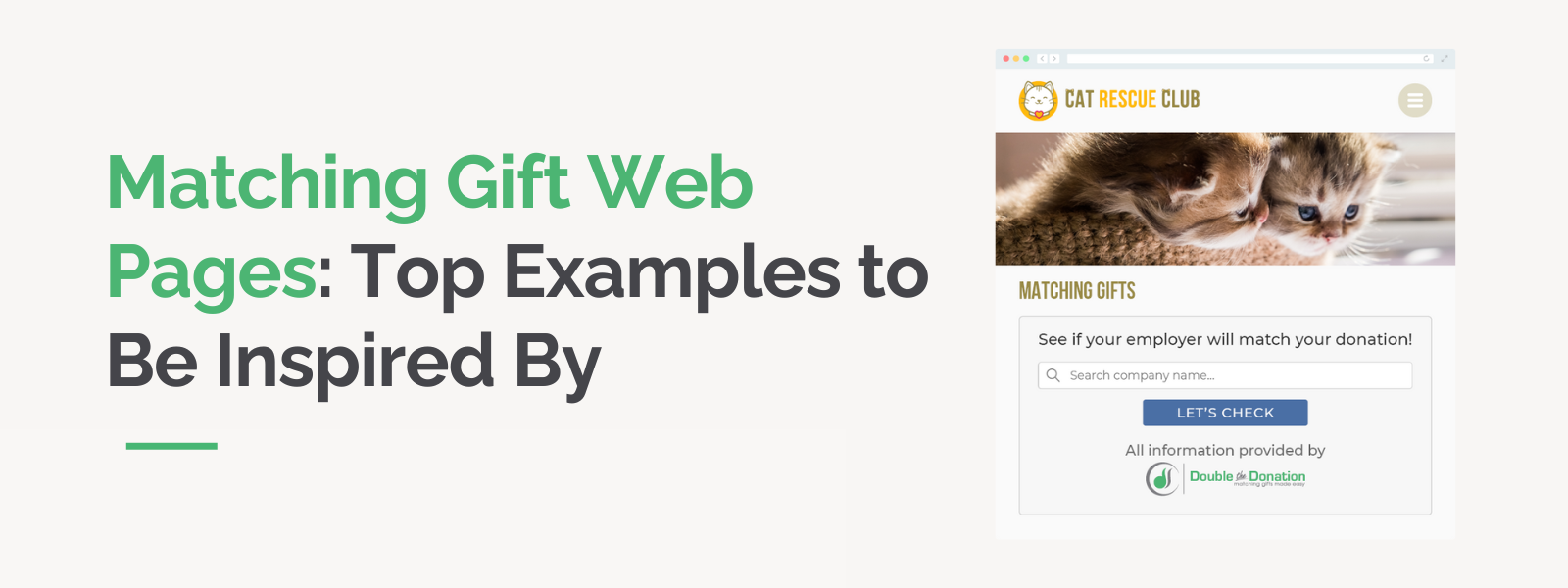
Matching Gift Web Pages: 8 Top Examples to Be Inspired By
When it comes to marketing matching gifts, your nonprofit's website…
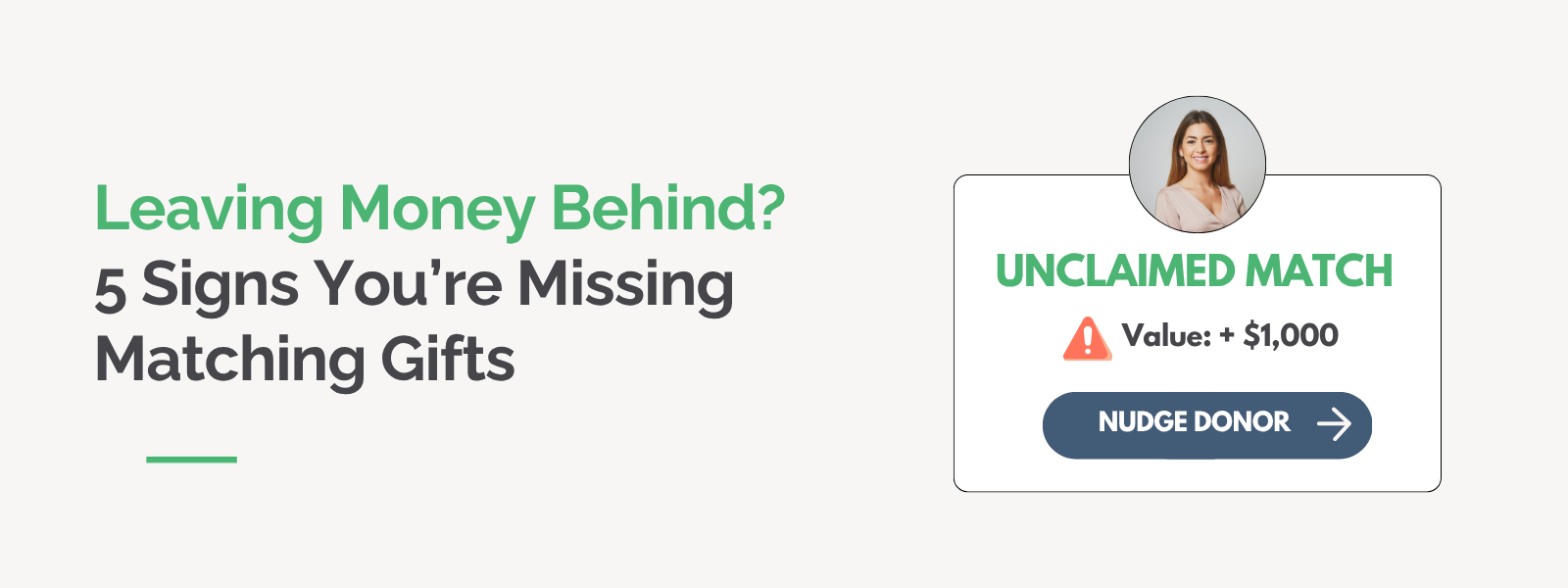 https://doublethedonation.com/wp-content/uploads/2025/10/DTD_Leaving-Money-Behind-5-Signs-Youre-Missing-Matching-Gifts_Feature.png
600
1600
Adam Weinger
https://doublethedonation.com/wp-content/uploads/2025/11/DTD-horizontal-logo-300x63.png
Adam Weinger2025-10-16 20:08:492025-11-21 05:01:51Leaving Money Behind? 5 Signs You’re Missing Matching Gifts
https://doublethedonation.com/wp-content/uploads/2025/10/DTD_Leaving-Money-Behind-5-Signs-Youre-Missing-Matching-Gifts_Feature.png
600
1600
Adam Weinger
https://doublethedonation.com/wp-content/uploads/2025/11/DTD-horizontal-logo-300x63.png
Adam Weinger2025-10-16 20:08:492025-11-21 05:01:51Leaving Money Behind? 5 Signs You’re Missing Matching Gifts https://doublethedonation.com/wp-content/uploads/2025/07/DTD_Steps-to-Market-Workplace-Giving-on-Your-Nonprofit-Website_Feature-1.png
600
1600
Sydney Faye
https://doublethedonation.com/wp-content/uploads/2025/11/DTD-horizontal-logo-300x63.png
Sydney Faye2025-07-07 20:40:352025-11-26 05:50:595 Steps to Market Workplace Giving on Your Nonprofit Website
https://doublethedonation.com/wp-content/uploads/2025/07/DTD_Steps-to-Market-Workplace-Giving-on-Your-Nonprofit-Website_Feature-1.png
600
1600
Sydney Faye
https://doublethedonation.com/wp-content/uploads/2025/11/DTD-horizontal-logo-300x63.png
Sydney Faye2025-07-07 20:40:352025-11-26 05:50:595 Steps to Market Workplace Giving on Your Nonprofit Website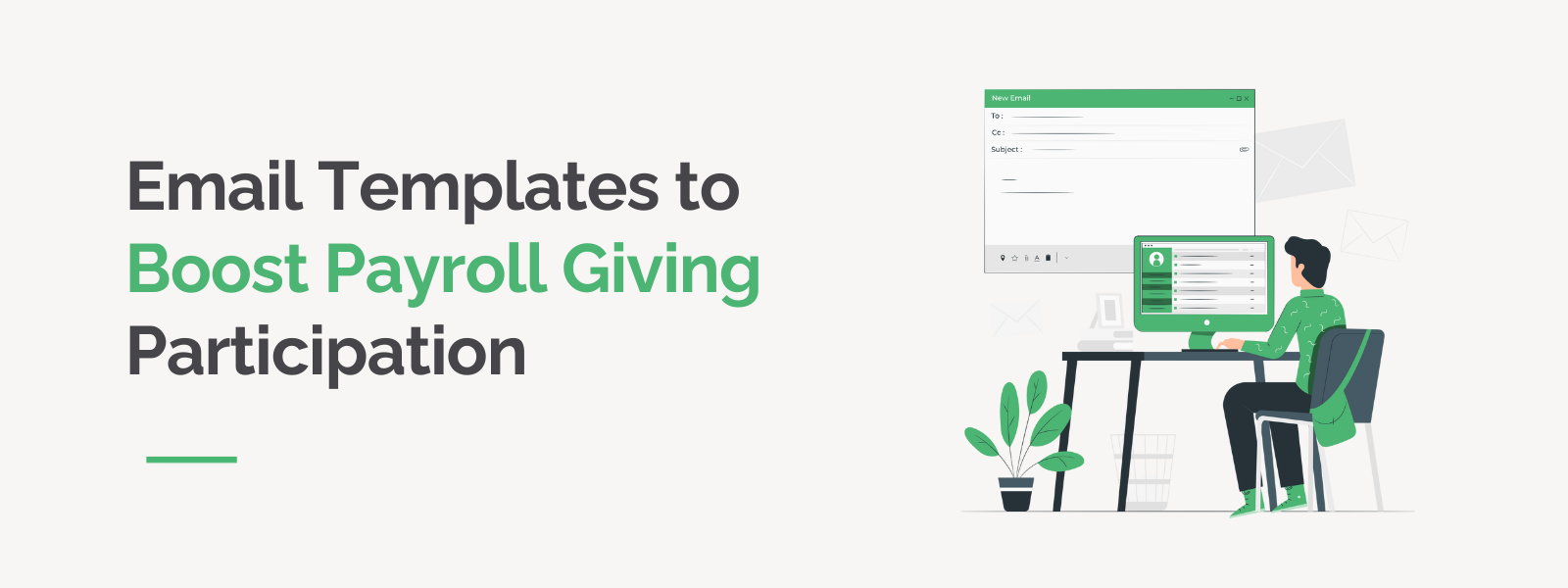 https://doublethedonation.com/wp-content/uploads/2025/06/DTD_Email-Templates-to-Boost-Payroll-Giving-Participation_Feature.png
600
1600
Julia Beltran
https://doublethedonation.com/wp-content/uploads/2025/11/DTD-horizontal-logo-300x63.png
Julia Beltran2025-06-06 16:53:542025-11-26 05:02:334 Email Templates to Boost Payroll Giving Participation
https://doublethedonation.com/wp-content/uploads/2025/06/DTD_Email-Templates-to-Boost-Payroll-Giving-Participation_Feature.png
600
1600
Julia Beltran
https://doublethedonation.com/wp-content/uploads/2025/11/DTD-horizontal-logo-300x63.png
Julia Beltran2025-06-06 16:53:542025-11-26 05:02:334 Email Templates to Boost Payroll Giving Participation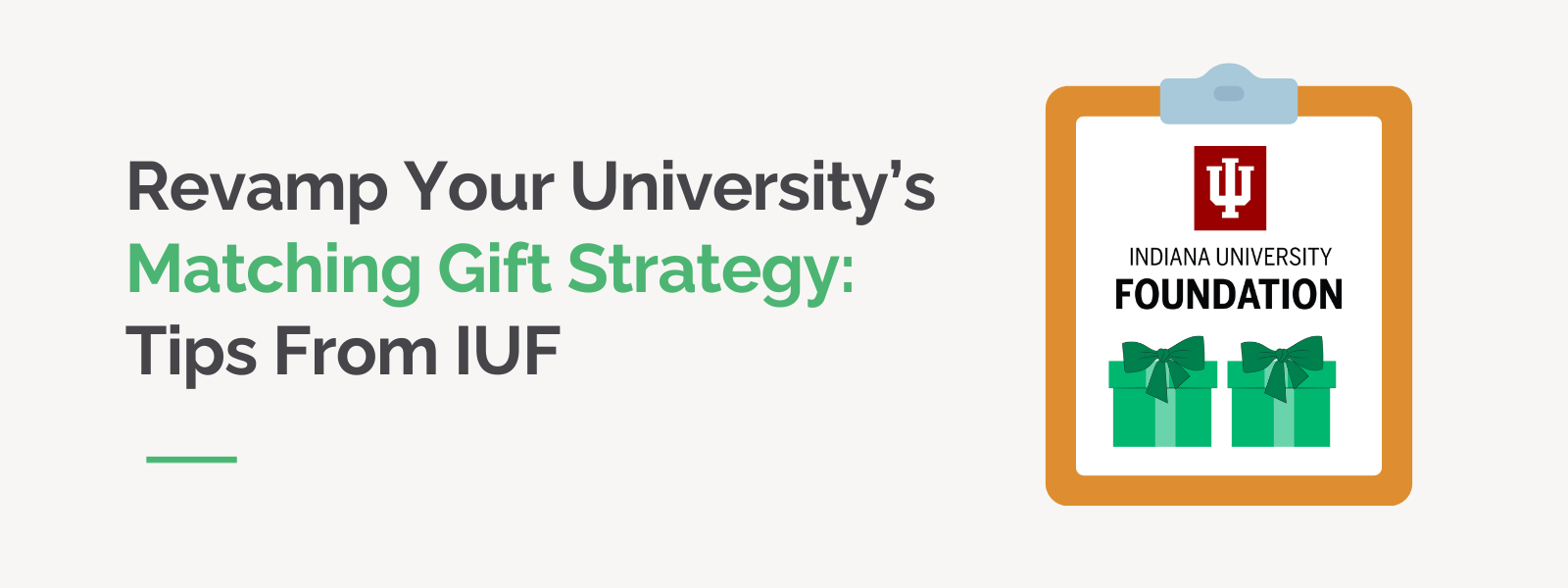 https://doublethedonation.com/wp-content/uploads/2025/05/DTD_Revamp-Your-Universitys-Matching-Gift-Strategy-Tips-from-IUF_Feature-1.png
600
1600
Sydney Faye
https://doublethedonation.com/wp-content/uploads/2025/11/DTD-horizontal-logo-300x63.png
Sydney Faye2025-05-22 18:43:112025-11-26 05:38:30Revamp Your University’s Matching Gift Strategy: Tips from IUF
https://doublethedonation.com/wp-content/uploads/2025/05/DTD_Revamp-Your-Universitys-Matching-Gift-Strategy-Tips-from-IUF_Feature-1.png
600
1600
Sydney Faye
https://doublethedonation.com/wp-content/uploads/2025/11/DTD-horizontal-logo-300x63.png
Sydney Faye2025-05-22 18:43:112025-11-26 05:38:30Revamp Your University’s Matching Gift Strategy: Tips from IUF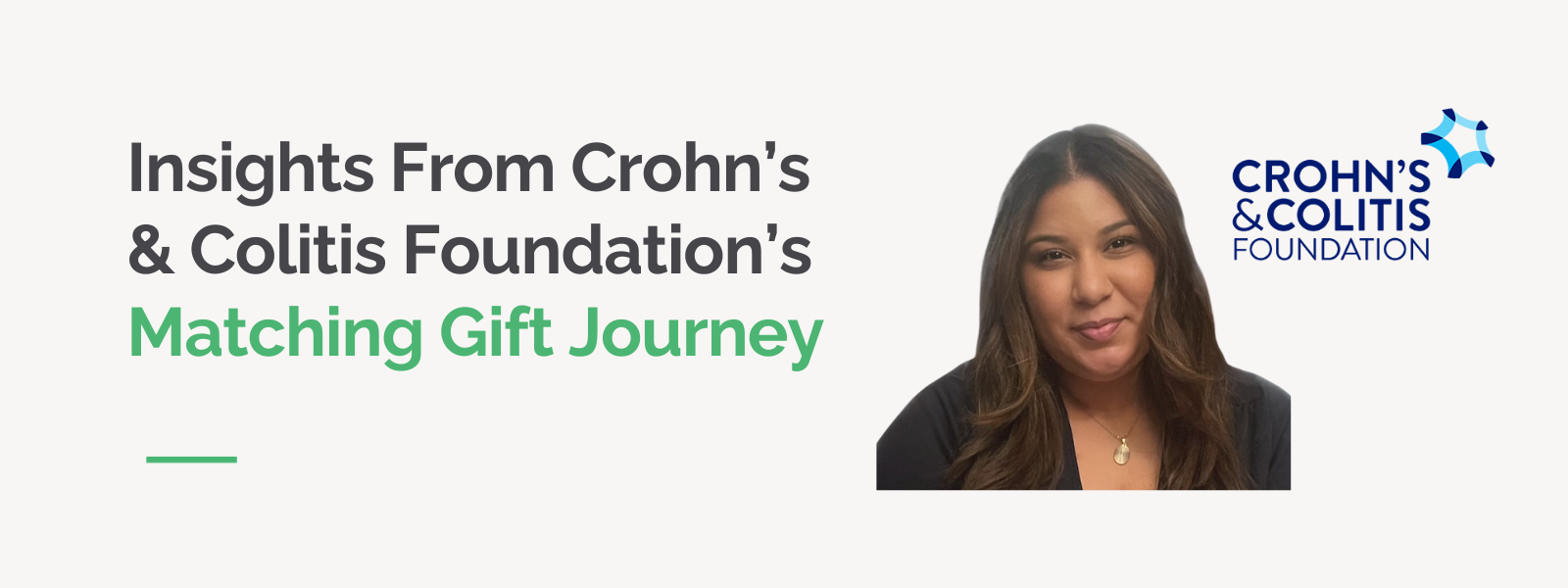 https://doublethedonation.com/wp-content/uploads/2025/05/DTD_Insights-From-Crohns-Colitis-Foundations-Matching-Gift-Journey_Feature.png
600
1600
Kyra Engle
https://doublethedonation.com/wp-content/uploads/2025/11/DTD-horizontal-logo-300x63.png
Kyra Engle2025-05-19 18:53:002025-12-03 14:33:43Insights From Crohn’s & Colitis Foundation’s Matching Gift Journey
https://doublethedonation.com/wp-content/uploads/2025/05/DTD_Insights-From-Crohns-Colitis-Foundations-Matching-Gift-Journey_Feature.png
600
1600
Kyra Engle
https://doublethedonation.com/wp-content/uploads/2025/11/DTD-horizontal-logo-300x63.png
Kyra Engle2025-05-19 18:53:002025-12-03 14:33:43Insights From Crohn’s & Colitis Foundation’s Matching Gift Journey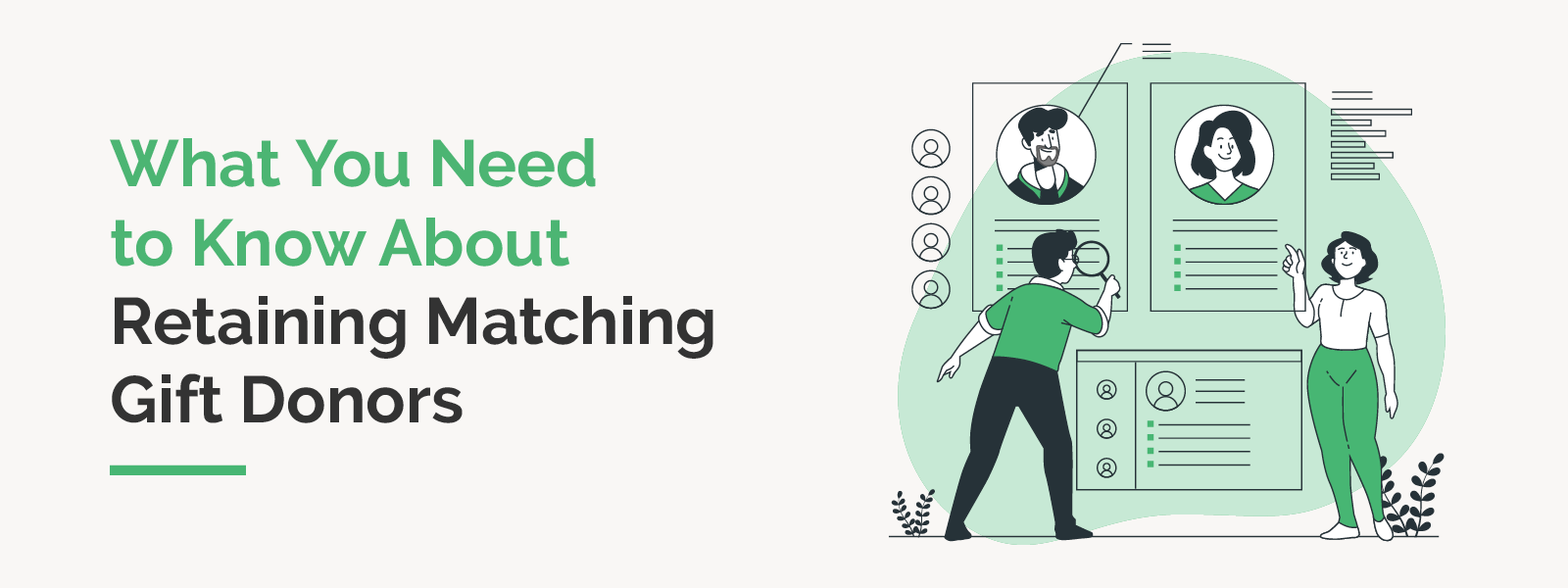
What You Need to Know About Retaining Matching Gift Donors
As a nonprofit fundraising professional, you likely understand…
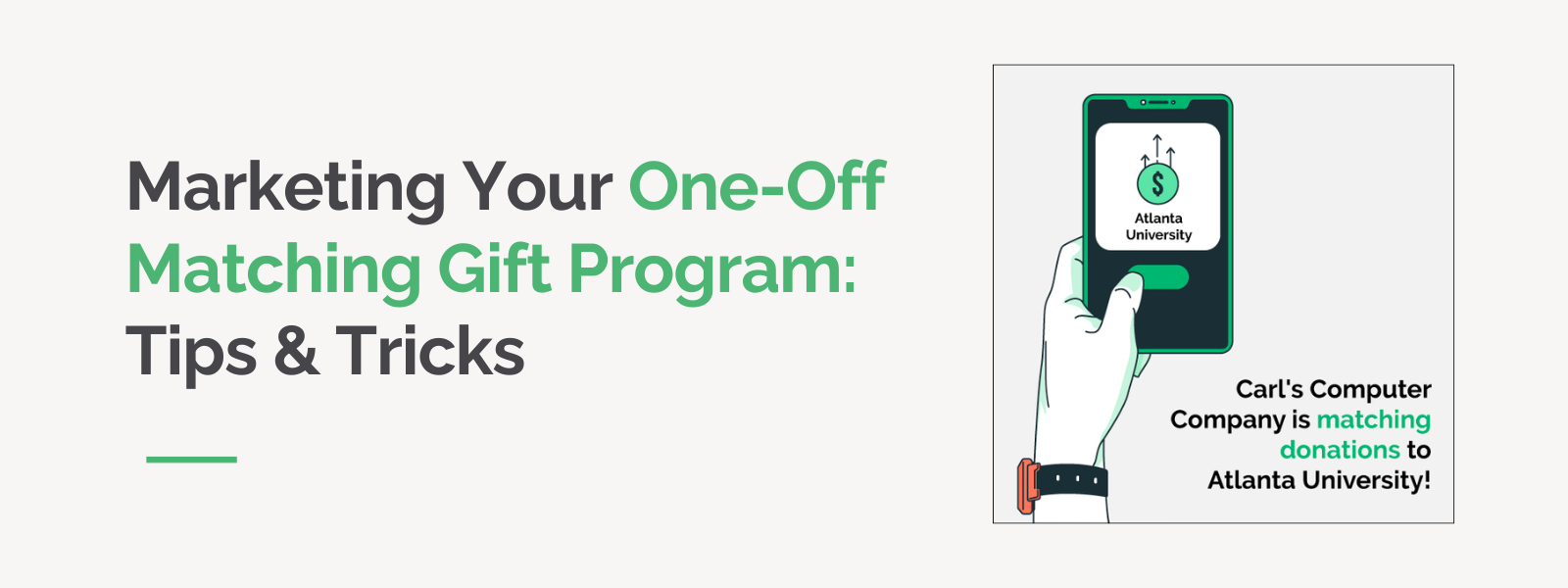
Marketing Your One-Off Matching Gift Program: Tips & Tricks
Custom or exclusive matching gift partnerships are powerful…

